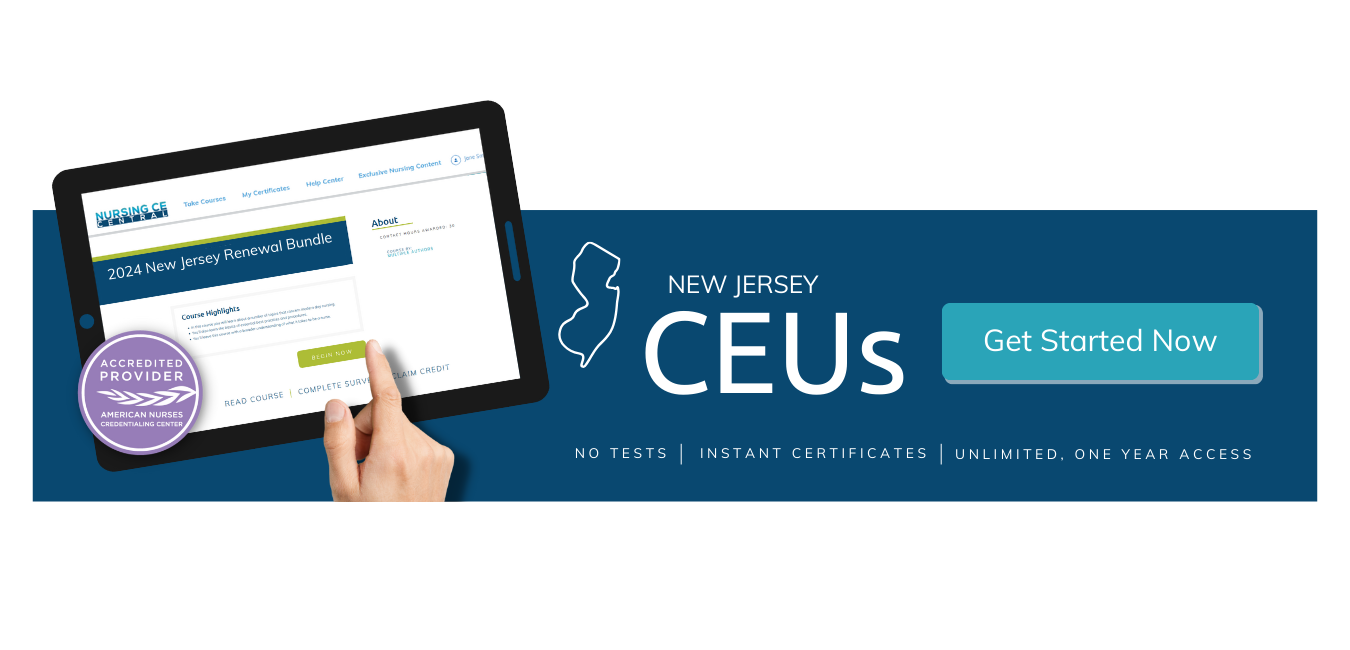Responding to Complaints
I remember one day, I walked to my director’s office to discuss a conflict I had with another coworker. At this time, I was an educator, and I was in tears (of anger) about the interaction. Before my director responded based on just my emotions, she said something very profound.
She said, “I can see that you are visibly upset. I have not been given the opportunity to hear both sides of the story. My first question to you is, ‘When did this happen?’ My second question is, ‘Have you had a conversation about this since the initial conversation?’”
My response was, “It happened about 15 minutes ago, and no, I have not had another conversation.” She then said, “After you cool off. I would like you to have a conversation with her about how the interaction made you feel. If you cannot come to a resolution after that, I can facilitate a conversation between the two of you. Do you need any advice on how to initiate the conversation?”
I was stunned. It was clear who was in the wrong! I did not want to talk to this person who disrespected me. But after I cooled off, I realized that my director’s response was fair. She acknowledged my concern and feelings. She was practicing fairness to my coworker, as she had not heard her perspective. For all she knew, I could have been reacting dramatically without a cause. Slander is not uncommon, so she had to be wise in her response to me.
The other key is that she essentially encouraged me to be an adult and learn to how resolve conflict. She offered coaching and a chance to have her facilitate a conversation if my efforts were unsuccessful.
Before I could initiate a conversation with my coworker, she walked down to my office and started a conversation with me. Through that conversation, we discovered that both of us had some areas where we needed to improve our communication. We gave each other the opportunity to make an informed decision on working together more effectively.
You may be asking, “What does this have to do with clinical nursing practice and orientation?” Well, let’s translate this.
As a nurse educator or nurse manager, you may encounter written or verbal complaints about a nurse’s clinical practice or skills. The first questions may be, “Did you have a conversation with this individual at the time you made this observation?” “Did you redirect them at that time?” “Did you complete an incident report?
One of our responsibilities as nurses (regardless of title) is to hold each other accountable. Patient safety depends on this. Real-time feedback also allows for accurate documentation and gives the orientee a chance to respond to the concern promptly. Imagine being presented with an incident from 10 weeks ago and trying to remember exactly what happened, what you were thinking, or who the patient was.
Nurse Manager vs. Nurse Educator Role in Performance Improvement Plans
In some institutions, the lines are blurred between a nurse educator and a nurse manager. In my experience, it’s vital to have a good partnership between nurse manager and nurse educator for the best collaborative experience. When there is effective communication between a nurse educator and a nurse manager, clear responsibilities can be established.
For instance, a nurse manager might want to meet with the unit’s nurse educator to discuss education needs for the staff. In those conversations, they can review the root cause of certain issues and determine if there’s a unit-wide issue or if certain caregivers are showing a need for education.
They can discover what might be causing poor performance. Does the orientee have all the resources needed? Does the orientee perform better under the guidance of certain preceptors? Is there a knowledge gap or blatant noncompliance? If it is discovered that there is a compliance issue, the manager can move forward with appropriate disciplinary action. If it is a true knowledge gap, the nurse educator can be involved.









